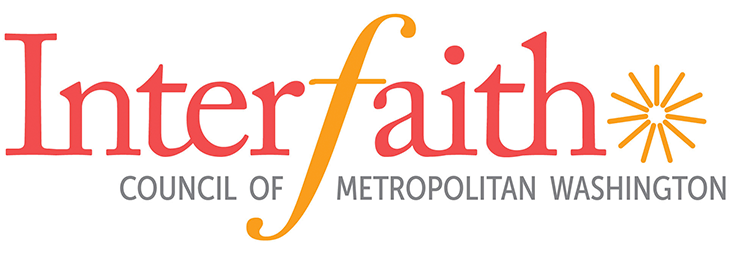By David Dashifen Kees
It was a beautiful day in July 2005 when I stood on the grounds of Southern Vermont College as my soon-to-be married partner, Megan, approached me in her wedding dress. To the casual observer, my wedding appeared much like any other. But, it might have jumped out at some that we were lacking typical religious symbols and structure. For example, there was no clergy; we were married by a justice of the peace instead. For all intents and purposes, our ceremony was a civil union, not a religious wedding. And the reason was, and remains, straightforward: we practice two different religions.
In the introduction to her 2013 book Being Both, Susan Katz Miller points out that all of us are in relationships with folks who think differently from us. Even if those relationships exist within the same religion, people approach their faith in individualistic ways. But, when partners are from different faith groups, differences may include how many gods exist or if the divine is even countable in that way!
Katz Miller cites a 2008 Pew survey that showed 37% of married or partnered Americans were in interfaith or mixed denominational relationships. A similar report released in 2015 indicated that 40% of adults married after 2010 were in interfaith relationships while only 20% of those married before 1960 reported the same. Interfaith marriages are becoming more common, especially marriages between someone who is religious and someone who is not affiliated with any specific religious tradition, a.k.a. one of the “nones.”
In my case, I’m a Pagan and my partner is a Catholic. Paganism is a family of faith practices that looks to the ancient world for spiritual inspiration. To acknowledge and avoid cultural appropriation, Pagans draw from hearth cultures that were interrupted by the imperial forces of the last few millennia as opposed to cultures that continue to thrive.
Megan and I work hard to make sure that we do more than just tolerate each other’s religious identity, but to truly support and enhance it. At the most basic level, we’ve both attended one another’s religious ceremonies, especially on special occasions. But there’s even more: we accommodate each other’s holiday schedules; I’ve attended mission trips with her parish; and we frequently host Pagan events at our home. Speaking of our home, the religious accouterments you’ll find include not only a cross but a shrine to the goddess Hestia. And, when tragedy struck our family, we considered how best to mourn together while also remaining true to our own religious sensibilities.
Married life might be easier if we shared a common religion. But neither of us wanted to give up what was ours. We both love our faiths, and we love how they move us to be better to ourselves, to each other, and to the world around us. Faced with the reality of both the love we share for each other and for our religious identities, we decided to build a family that includes both of them.
To do this we try to remain humble in our faiths. We recognize that what is true for one of us, might not be true for the other. And, we’ve found that it’s possible to disagree on some things of importance while sharing a more important moral foundation. That foundation is reflected in St. Teresa of Avila’s mission to be the hands, feet, and eyes of the divine as we creatively discover and come to know ourselves, deepen our partnership, and explore the marvelous world around us.
David Dashifen Kees (they/them) is a graduate of the Iliff School of Theology and a member of the leadership team for the Firefly House, a pan-Pagan organization rooted in Wicca but open to members of any Pagan tradition and respectful, non-Pagans as well. Its aim is to learn about our spiritual beliefs and practices, including ritual and witchcraft, by sharing knowledge collaboratively across our community and through public rituals and events. They are also a board member for the Church Lab headquartered in Austin, Texas which seeks to explore innovated paths toward spiritual growth for all while discovering the Church’s future and the future of faith practice. This year, they’re also a part of the Sharing Sacred Spaces project in Northern Virginia, which includes an open house event with the Fireflies in October.

